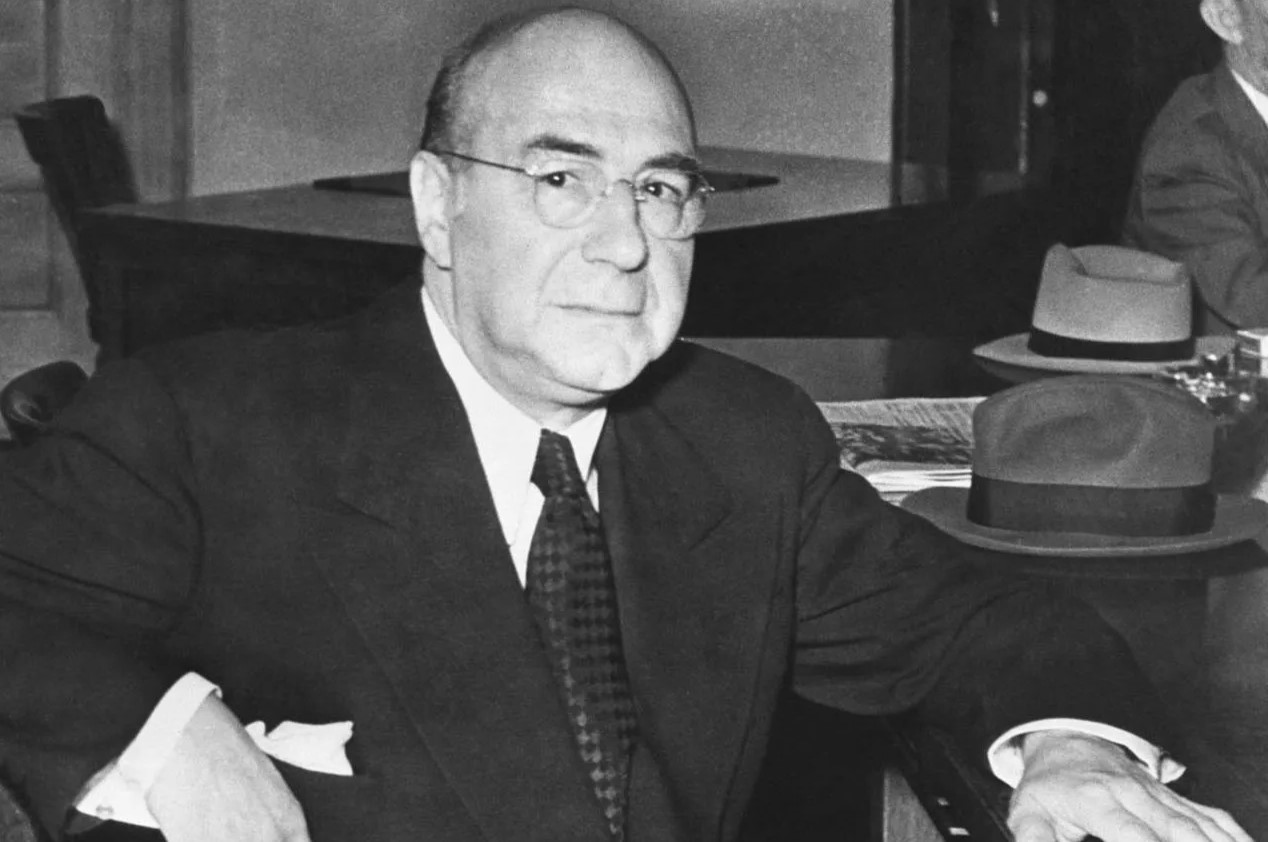
Ever wondered about the Shunga Empire and its impact on Indian history? The Shunga Empire, which thrived from 185 to 73 BCE, succeeded the Mauryan Empire and left a lasting legacy in northern India. Founded by Pushyamitra Sunga, this dynasty is known for its cultural, artistic, and philosophical advancements. Despite its relatively short duration of 112 years, the Shunga Empire played a crucial role in shaping the region's history. From the construction of iconic stupas like Bharhut and Sanchi to the composition of significant texts like Patanjali's Mahābhāṣya, the Shunga period was a time of remarkable achievements. Let's delve into 37 fascinating facts about this influential empire.
Key Takeaways:
- The Shunga Empire, known for its military campaigns and artistic patronage, left a lasting legacy in Indian history, influencing art, education, and philosophy for future generations.
- Despite its decline, the Shunga Empire's architectural marvels, cultural alignment with Hinduism, and support for learning and art continue to shape Indian culture and architecture today.
The Rise of the Shunga Empire
The Shunga Empire emerged from the ashes of the Mauryan Empire, bringing a new era of cultural and political change. Let's dive into the fascinating facts about this significant period in Indian history.
-
Establishment: The Shunga Empire was founded by Pushyamitra Sunga, who betrayed his master Brihadratha Maurya and defeated him in a war.
-
Capital: The capital of the Shunga Empire was Pataliputra, which is now modern-day Patna in Bihar, India.
-
Duration: The Shunga Empire lasted for approximately 112 years, from 185 to 73 BCE.
-
Founding Father: Pushyamitra Sunga ruled for 36 years and was succeeded by his son Agnimitra.
-
Succession: There were ten Shunga rulers in total. After Agnimitra's death, the empire began to disintegrate rapidly.
Military Campaigns and Conflicts
The Shunga Empire was known for its numerous wars and military campaigns. These conflicts shaped the political landscape of the time.
-
Wars: The Shunga Empire was known for its numerous wars with both foreign and native powers. They fought against the Kalinga, the Satavahana dynasty, the Indo-Greek Kingdom, and possibly the Panchalas and Mathuras.
-
Military Campaigns: The Shunga Empire engaged in several military campaigns against other kingdoms. They fought against the Yavanas (Indo-Greeks), the Kalinga, and the Satavahana dynasty.
-
Reign of Pushyamitra Shunga: Pushyamitra Shunga reigned for 36 years and was known for his military prowess and his role in reviving Brahmanism.
-
Reign of Agnimitra: Agnimitra, the second king of the Shunga dynasty, was known for his success in the war with Vidarbha, a kingdom independent from the Mauryan Empire.
-
Reign of Vasujyeshtha: Vasujyeshtha, the third king of the Shunga dynasty, ruled from 141 to 131 BCE and continued the military campaigns initiated by his predecessors.
Cultural and Artistic Contributions
The Shunga Empire was a golden age for art and culture. Their patronage led to significant advancements in these fields.
-
Artistic Patronage: The Shunga rulers were significant patrons of art. They supported the creation of small terracotta images, larger stone sculptures, and architectural monuments such as the stupa at Bharhut and the Great Stupa at Sanchi.
-
Philosophical Contributions: During this period, Patanjali's Mahābhāṣya (Great Commentary) was composed. This work is a foundational text in Hindu philosophy and grammar.
-
Script: The script used by the Shunga Empire was a variant of the Brahmi script and was used to write Sanskrit.
-
Cultural Legacy: The Shunga rulers helped establish the tradition of royal sponsorship of learning and art. They were culturally more aligned to Hinduism and supported various forms of learning.
-
Patronage of Buddhism: Although Pushyamitra Shunga is believed to have persecuted Buddhists during his time, Buddhism became more amenable during the reigns of later emperors.
Architectural Marvels
The Shunga period saw the construction of several architectural marvels that continue to be admired today.
-
Mathura Art Style: The rise of the Mathura art style also occurred during this period, reflecting the cultural and artistic advancements of the Shunga era.
-
Bharhut Stupa: The gates and railings of the Bharhut stupa were built during the Shunga period, showcasing their architectural contributions.
-
Sanchi Stupa: The four gateways of the Sanchi stupa were created and carved during this time, decorated with images of fertility spirits and past lives of Siddhartha Gautama.
-
Heliodorus Pillar: The Heliodorus Pillar, named after the ambassador of the Indo-Greek king Antialcidas, signified the empire’s relation with the Indo-Greeks. It initially supported a statue of Garuda, a legendary bird in Buddhist, Hindu, and Jain mythology.
-
Architectural Contributions: The Shunga rulers made significant architectural contributions, including the construction of stupas and other Buddhist monuments. The stupa at Bharhut and the Great Stupa at Sanchi are notable examples.
Decline and Fall
The decline of the Shunga Empire was marked by internal strife and external pressures, leading to its eventual fall.
-
Administrative System: The Shunga leaders continued the Mauryan system where the throne was passed through royal blood. However, after Agnimitra’s death, the empire rapidly declined into a decentralized system with nuclear kingdoms sprouting along its borders.
-
Reign of Vasumitra: Vasumitra, the fourth king of the Shunga dynasty, ruled from 131 to 124 BCE and maintained the cultural and artistic patronage of his predecessors.
-
Reign of Bhadraka: Bhadraka, also known as Ardraka or Odruka, ruled from 124 to 122 BCE and continued the military campaigns against foreign invaders.
-
Reign of Pulindaka: Pulindaka ruled from 122 to 119 BCE and was known for his administrative skills in maintaining the empire’s territories.
-
Reign of Ghosha: Ghosha, also known as Ghoshavasu, ruled from 119 to 108 BCE and continued the cultural and artistic patronage of his predecessors.
-
Reign of Vajramitra: Vajramitra ruled from 108 to 94 BCE and maintained the empire’s military strength against external threats.
-
Reign of Bhagabhadra: Bhagabhadra, also known as Bhagavata, ruled from 94 to 83 BCE and held court at Besnagar (modern Vidisha) in eastern Malwa.
-
Reign of Devabhuti: Devabhuti was the last king of the Shunga dynasty and ruled from 83 to 73 BCE. He was assassinated by his minister Vasudeva Kanva.
-
Assassination of Devabhuti: Devabhuti was assassinated by his minister Vasudeva Kanva due to his overfondness of the company of women. This event marked the end of the Shunga dynasty.
-
Kanva Dynasty: The Kanva dynasty succeeded the Shunga dynasty around 73 BCE. Vasudeva Kanva, who assassinated Devabhuti, became the first ruler of the Kanva dynasty.
Legacy of the Shunga Empire
Despite its decline, the Shunga Empire left a lasting legacy in various fields, influencing future generations.
-
Buddhist Monuments: The Shunga period saw the construction of several Buddhist monuments, including the stupa at Bharhut and the Great Stupa at Sanchi. These monuments were decorated with intricate carvings and sculptures.
-
Trade Centers: Deorkothar, a site in Rewa district, was an active center of trade during the Shunga period. Archaeological findings include terracotta toys, ear studs, and beads.
-
Cultural Alignment: The Shunga rulers were culturally more aligned to Hinduism. They supported various forms of learning and art, which flourished during this period.
-
Yoga Sutras: Patanjali’s Yoga Sutras were composed during this period. This work is a foundational text in Hindu philosophy and yoga.
-
Mahabhashya: Patanjali’s Mahabhashya (Great Commentary) was also composed during this period. This work is a foundational text in Hindu grammar and philosophy.
-
Architectural Contributions: The Shunga rulers made significant architectural contributions, including the construction of stupas and other Buddhist monuments. The stupa at Bharhut and the Great Stupa at Sanchi are notable examples.
-
Legacy: The Shunga Empire left a lasting legacy in Indian history, particularly in the fields of art, education, and philosophy. Their contributions continue to influence Indian culture and architecture to this day.
The Shunga Empire's Lasting Impact
The Shunga Empire left a significant mark on Indian history. Founded by Pushyamitra Sunga, it thrived from 185 to 73 BCE, with Pataliputra as its capital. Known for its artistic patronage, the Shunga period saw the creation of the Bharhut Stupa and the Great Stupa at Sanchi. Despite initial Buddhist persecution, later rulers supported Buddhist monuments. The Mathura art style and Patanjali's Mahābhāṣya emerged during this time, showcasing cultural and philosophical advancements. The empire faced numerous wars but maintained a strong military presence. The assassination of Devabhuti by Vasudeva Kanva marked the end of the Shunga dynasty, leading to the rise of the Kanva dynasty. The Shunga Empire's contributions to art, education, and philosophy continue to influence Indian culture and architecture today.
Frequently Asked Questions
Was this page helpful?
Our commitment to delivering trustworthy and engaging content is at the heart of what we do. Each fact on our site is contributed by real users like you, bringing a wealth of diverse insights and information. To ensure the highest standards of accuracy and reliability, our dedicated editors meticulously review each submission. This process guarantees that the facts we share are not only fascinating but also credible. Trust in our commitment to quality and authenticity as you explore and learn with us.


